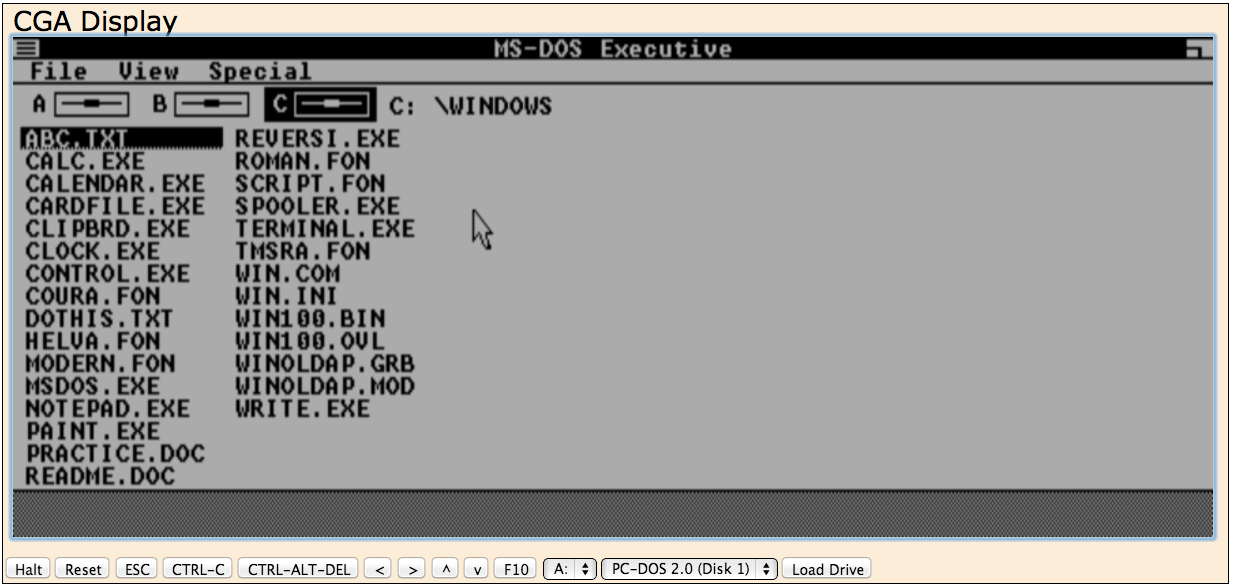We will explain how it can be installed on a Mac - including one currently running an earlier operating system here: How to install old Mac OS X versions. Can't find Mac OS X in Purchased? 1951 LEO I 'Lyons Electronic Office' was the commercial development of EDSAC computing platform, supported by British firm J. Lyons and Co.; 1953 DYSEAC – an early machine capable of distributing computing; 1955 MIT's Tape Director operating system made for UNIVAC 1103; 1955 General Motors Operating System made for IBM 701; 1956 GM-NAA I/O for IBM 704, based on General Motors.
It's an ISO CD/DVD image file creating/editing/converting program plus a bootable CD/DVD manufacturer, it can directly edit the CD/DVD image file and extract files and folders from it, in addition, to directly make ISO files from the CD/DVD-ROM or disk.supports the wide range of disk image file formats includes mainstream formats such as ISO, BIN, CUE, MDS, MDF, NRG, CCD, IMG, UIF, VCD, and less popular formats such as ASHDISC, BWT, BWI, DAA, DMG, HFS, IMA, or C2D. The software can open the image files, extract files and folders directly, edit and convert them to the standard ISO format. Ultraiso for mac os.
Choose OS while starting up
You can select which operating system to use during startup by holding down the Option key. This displays icons for all available startup disks, and lets you override the default setting for the startup disk in Startup Disk preferences (Mac OS X) or the Startup Disk control panel (Windows) without changing that setting.
Old Operating Systems For Mac Air
To change the default OS Setting in Windows:

Mac Operating System List
1. In Windows, choose Start > Control Panel. If you are in Category View, click “Performance and Maintenance� (Windows XP) or “System and Maintenance� (Vista).
2. Open the Startup Disk control panel.
3. Select the startup disk with the operating system you want to use by default.
4. If you want to start up that operating system now, click Restart.

Mac Operating System List
1. In Windows, choose Start > Control Panel. If you are in Category View, click “Performance and Maintenance� (Windows XP) or “System and Maintenance� (Vista).
2. Open the Startup Disk control panel.
3. Select the startup disk with the operating system you want to use by default.
4. If you want to start up that operating system now, click Restart.
To use Startup Disk preferences in Mac OS X:
1. In Mac OS X, choose Apple () > System Preferences.
2. Click Startup Disk.
3. Select the startup disk with the operating system you want to use by default.
4. If you want to start up that operating system now, click Restart
